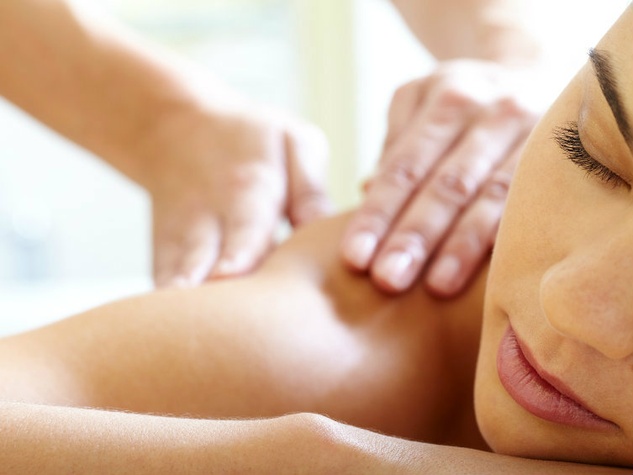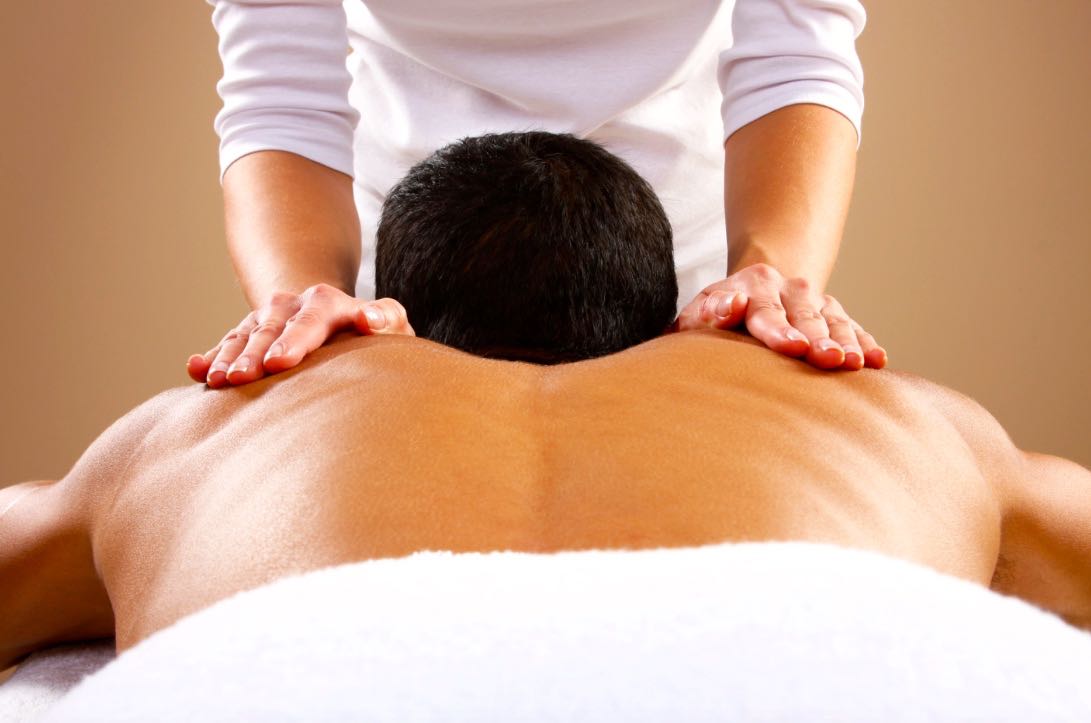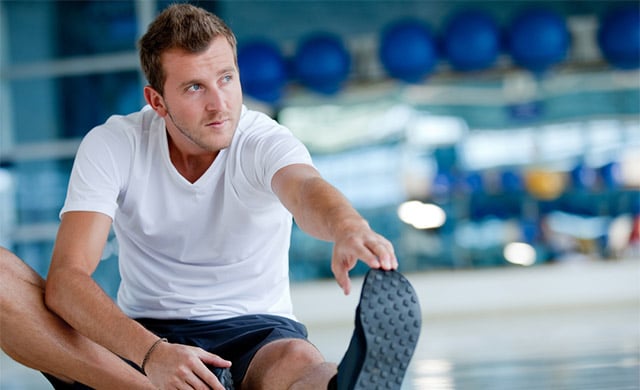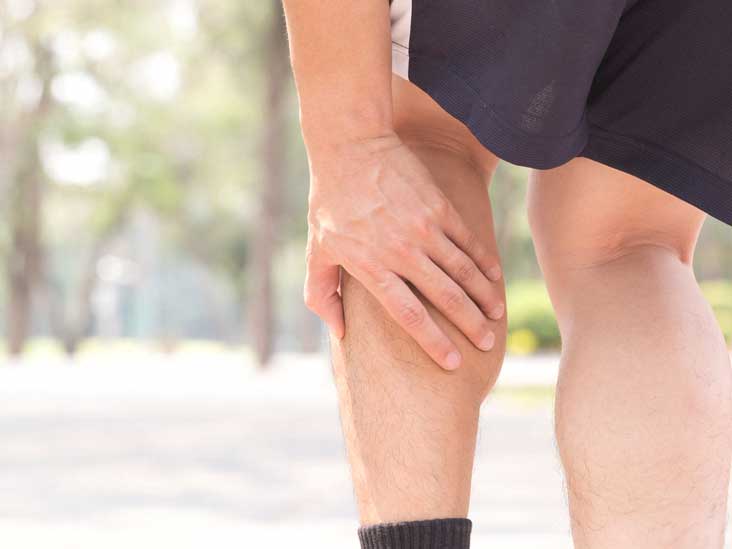As a physiotherapist, I often work with patients who are experiencing disc bulges. This spinal condition can be painful and can impact daily life, but there are ways to manage symptoms and improve overall function. Here are some physiotherapy tips to help you cope with a disc bulge:
Stay Active
Physical activity is essential for maintaining overall health, including the health of your spine. With a disc bulge, it’s important to engage in low-impact activities such as walking, swimming, or cycling. Your physiotherapist can recommend specific exercises tailored to your needs.
Improve your posture
Poor posture can contribute to back pain and exacerbate disc bulges. Your physiotherapist can teach you how to improve your posture to reduce pressure on your spine.
Use heat or ice
Heat can help to increase blood flow and promote healing, while ice can reduce inflammation and pain. Your physiotherapist can recommend which modality is best for your specific symptoms.
Manual therapy
Hands-on techniques such as massage, mobilization, and manipulation can help to reduce pain and improve mobility in the spine.
Strengthening exercises
Strengthening exercises can help to support the spine and reduce the risk of future injuries. Your physiotherapist can create a customized exercise program that targets specific muscle groups to support the spine.
Stretching
Stretching can improve flexibility and reduce muscle tension. Your physiotherapist can recommend stretching exercises that are safe and effective for your condition.
Education
Your physiotherapist can provide education on proper body mechanics, posture, and lifting techniques to help you manage your symptoms and prevent future injuries.
Modalities
In addition to heat and ice, other modalities such as ultrasound or electrical stimulation may be used to reduce pain and inflammation.
In conclusion, a disc bulge can be a challenging condition to manage, but with the help of a physiotherapist, you can improve your symptoms and overall function. By staying active, improving your posture, using heat or ice, receiving manual therapy, engaging in strengthening and stretching exercises, receiving education on proper body mechanics, and utilising modalities as needed, you can take control of your condition and live a healthy, active life.










